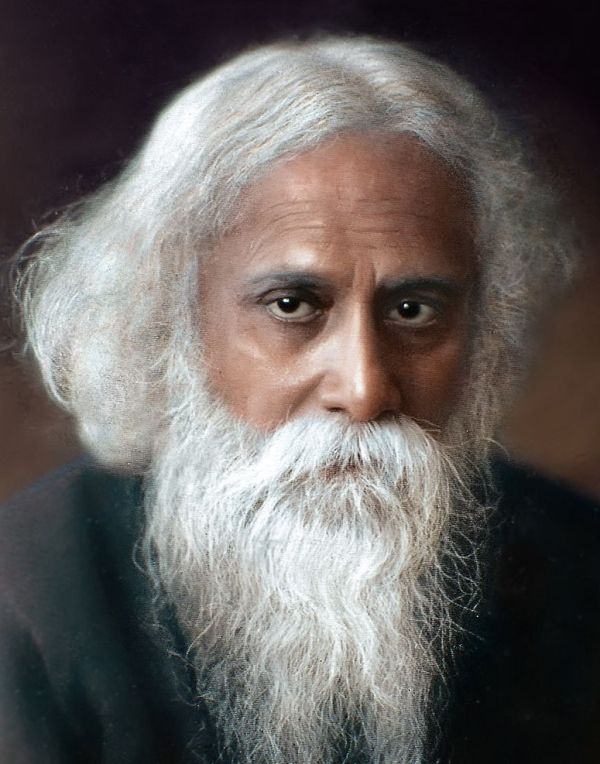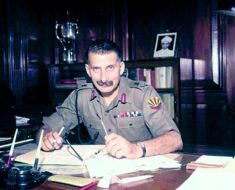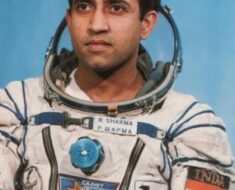Rabindranath Tagore, a true polymath, profoundly impacted the 19th and 20th centuries and continues to inspire billions globally. This Bengali literary giant and Nobel laureate’s life and work are explored here.
Wiki/Biography
Rabindranath Tagore, born Robindronath Thakur on May 7, 1861, in Jorasanko mansion, Calcutta (present-day Kolkata), grew up in a home filled with music, literature, and drama. His family, affluent due to commercial and banking activities, benefited from the British East India Company’s influence.
Home-schooled initially, a common practice for affluent Bengali families, he later attended schools established by Iswar Chandra Vidyasagar. He developed a deep appreciation for Bengali language and literature but disliked the English-medium schools’ teaching methods. By 14, he largely withdrew from formal education, preferring private tutoring and self-study, including wrestling, music, and drawing. His father, Devendranath, taught him Sanskrit, astronomy, and scriptures, which significantly shaped his religious views.
After matriculation, he briefly attended University College London in 1878, exposing himself to British social life and Western music, before returning home to pursue his creative interests. He later received an honorary doctorate from Oxford University.
Family
Parents & Siblings
His father, Debendranath Tagore, was a philosopher and religious savant who founded the Brahmo religion. His mother, Sarada Devi, was a homemaker. His paternal grandfather, Dwarkanath Tagore, was a prominent industrialist and entrepreneur. Rabindranath was the youngest of 13 siblings, each possessing unique talents in various fields (poetry, music, scholarship, civil service).
- Dwijendranath: Poet, music composer, scholar.
- Satyendranath: First Indian in the Indian Civil Service.
- Hemendranath: Spiritual seer, contributor to Brahmoism.
- Birendranath: (Further details needed)
- Jyotirindranath: Scholar, music composer, artist, theatre personality.
- Punyendranath, Budhendranath, Somendranath: (Further details needed)
- Soudamini: Gifted writer, early Bethune School student.
- Swarnakumari: Writer, song-composer, editor, social worker.
- Sukumari, Saratkumari: (Further details needed)
Wife & Children
Tagore married Mrinalini Devi in 1883 when he was 22 and she was 11. She passed away in 1902, and he never remarried. They had five children:
- Rathindranath: Educationist, agronomist, first vice-chancellor of Visva-Bharati.
- Madhurilata (“Bela”): Considered his most beloved daughter.
- Renuka: Died young from tuberculosis.
- Mira (“Atasi”): Experienced a difficult marriage.
- Shamindranath: Died young.
Other Relatives
Actress Sharmila Tagore’s maternal grandmother was a granddaughter of Tagore’s brother Dwijendranath.
The Untold Love Story
Tagore’s relationship with his sister-in-law, Kadambari Devi, remains a subject of fascination. She is believed to have been a significant muse and influence in his life. Her untimely death profoundly impacted him.
A Complicated Relationship
Tagore’s later life included a romantic encounter with Argentine writer Victoria Ocampo. Their relationship, developed during his stay in Buenos Aires, is documented in letters and Ocampo’s autobiography.
Religion/Religious Views
While adhering to Brahmoism, Tagore didn’t subscribe to rigid religious institutions or practices. His belief system focused on the “divinization of man” and the “humanization of God,” emphasizing the divine within each individual. Influenced by the Upanishads, the Bhagavad Gita, the teachings of Buddha, Baul singers, and Kabir, his religious philosophy was unique and humanistic.
Caste
Tagore’s lineage is debated, with some sources tracing his family to Rarhi Brahmins, while others suggest a less prestigious Pirali Brahman background.
Signature
Initial Literary Works
Tagore began writing poetry at a young age, publishing anonymously and under pen names. His first short story, “Bhikharini,” was published in 1877.
| Year | Work | Type |
|---|---|---|
| 1877 | Bhikharini | Short Story |
| 1882 | Sandhya Sangeet | Poetry |
| 1884-1890 | Various poems, prose, plays, novels | Mixed |
Shelaidaha (1878-1901) – The Period of His Sadhana
His experience managing his family’s estate in Shelaidaha exposed him to the harsh realities of rural Bengali life. This experience spurred his interest in rural reform, education, and social work, influencing his subsequent literary creations.
Santiniketan (1901-1932) – Middle Years of Rabindranath Tagore
Boarding School
In 1901, Tagore established the Brahamacharyashram School in Santiniketan, emphasizing close teacher-student bonds and a simple lifestyle. This later expanded into a renowned institution.
Literary Work
During his time at Santiniketan, he produced some of his most well-known works.
Nobel Prize
Tagore received the 1913 Nobel Prize in Literature for Gitanjali, making him the first Asian and non-European to receive the honor.
Knighthood
He renounced his knighthood in 1919 following the Jallianwala Bagh massacre.
Visva Bharati
In 1918, Tagore founded Visva Bharati, an international center for culture and humanistic studies.
Sri Niketan – Abode of Welfare
In 1921, he started Sri Niketan, a school focusing on rural education and agricultural research.
Tagore and Mahatma Gandhi
Tagore and Gandhi shared a complex relationship, marked by mutual respect despite differing views on several issues. Tagore is credited with giving Gandhi the title “Mahatma,” while Gandhi called Tagore “Gurudev.”
Literary and Artistic Works
Tagore’s literary output spans poetry, drama, short stories, novels, and essays.
Poetry
Gitanjali is his most famous poetic work, but he also created many other masterpieces.
Novels
He published eight novels exploring themes of nationalism, identity, freedom, and loneliness.
Drama
His dramatic works reflect his philosophical and social concerns.
Short Stories
Songs – Rabindra Sangeet
Painting and Drawing
Controversies
Tagore faced criticism for his views on child marriage, his acceptance of German funds, and his lectures on nationalism.







